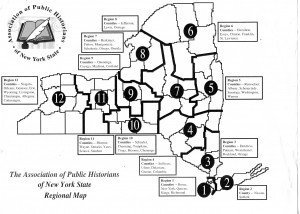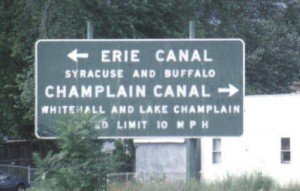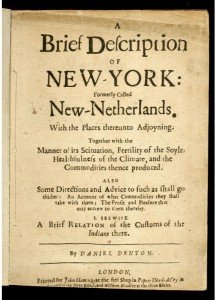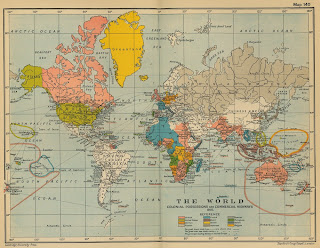 The dramatic art of a significant emerging literary genre will be explored in the exhibition, “LitGraphic: The World of the Graphic Novel,” on view March 4 through April 29 in the Munson-Williams-Proctor Arts Institute Museum of Art.
The dramatic art of a significant emerging literary genre will be explored in the exhibition, “LitGraphic: The World of the Graphic Novel,” on view March 4 through April 29 in the Munson-Williams-Proctor Arts Institute Museum of Art.
In this look at the development and current practices of sequential art, also known as the graphic novel, “LitGraphic” showcases 200 original paintings, drawings, storyboards, notebooks, comic books, photographs, and a documentary film, offering insight into the lives of the artists and the nature of their work.
Featured artists and writers include pioneers Lynd Ward (“Vertigo”) and Will Eisner (“The Spirit”) as well as contemporaries including Sue Coe and Marc Hempel, whose illustrations for Neil Gaiman’s groundbreaking “Sandman” are on view also.
Mary E. Murray, MWPAI Curator of Modern and Contemporary Art, said comics have always been an important influence on modern and contemporary artists, from Lyonel Feininger, to Willem DeKooning and Roy Lichtenstein “The art of these publications is more than light entertainment, it is serious commentary on contemporary culture, and we are excited to present this important component of visual culture to our patrons,” she added. Murray noted that more than 60 years ago, the Museum of Art showcased an exhibition of drawings by cartoonist William Steig, creator of the character Shrek- and an exhibition of Milton Caniff’s Steve Canyon comics.
Published in book form, graphic novels employ words and pictures to address thought-provoking subjects that will serve as the thematic framework for the exhibition. Commentary by artists and curators focusing on recurring subjects, artistic and cultural influences, and the climate that impacts the creative process will be woven throughout the exhibition where contemporary art meets traditional America.
An increasing number of artists are choosing to express themselves through graphic novels, which have received increased recognition in the popular sector, in noted periodicals including “The New York Times,” “The New Yorker” and in classrooms, libraries, and bookstores throughout the United States and abroad. A graphic novel employs the technique of cinematographic narrative, developed by comic-book artists, telling the story through metaphors and visual images, particularly images of action.
Graphic novels, or long-form comic books, have started to gain the interest and consideration of the art and literary establishment. Graphic novels, with their antiheroes and visual appeal, are approaching the popularity of the novel. Focused on subjects as diverse as the nature of relationships, the perils of war, and the meaning of life, graphic novels comprise the fastest-growing sections of many bookstores.
“LitGraphic: The World of the Graphic Novel” is organized and toured by the Normal Rockwell Museum in Stockbridge, Massachusetts.
Illustration: Lynd Ward’s “Beowulf wrestles with Grendel”, 1933 (Courtesy Wikipedia).
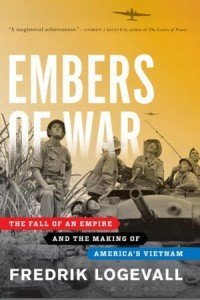 The 97th annual Pulitzer Prizes in Letters, which includes Nonfiction, History, and Biography, awarded on the recommendation of the Pulitzer Prize Board, were announced today by Columbia University.
The 97th annual Pulitzer Prizes in Letters, which includes Nonfiction, History, and Biography, awarded on the recommendation of the Pulitzer Prize Board, were announced today by Columbia University.